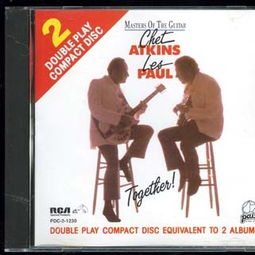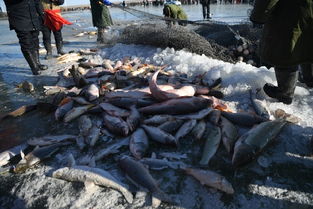Introduction:
The world of angling is vast and varied, offering countless opportunities to connect with nature and hone your fishing skills. One of the most fundamental aspects of fishing is mastering the art of baiting. Whether you're a seasoned angler or a beginner, knowing how to properly hang bait can significantly increase your chances of a successful catch. In this article, we delve into the intricacies of baiting techniques, complemented by a helpful video guide to ensure you're well-equipped for your next fishing adventure.
Understanding Bait Types:
Before we dive into the specifics of how to hang bait, it's essential to understand the different types of bait available. There are primarily two categories: natural and artificial bait.
Natural Bait: This includes live or dead fish, worms, insects, and other organisms that fish naturally feed on. Natural bait is often favored for its realistic appearance and smell, which can attract fish more effectively.
Artificial Bait: These are man-made lures designed to mimic the movement and appearance of natural prey. Artificial bait is versatile and can be used in various fishing environments and conditions.

The Basics of Baiting Techniques:
Now that we've covered the types of bait, let's explore some basic techniques for hanging them effectively.
Live Bait:
When using live bait, it's crucial to keep it lively and appealing to fish. Here are some tips:
- Keep it Fresh: Use live bait that is as fresh as possible. For example, if you're using worms, keep them in a bait bucket with moist soil or sand.
- Proper Hooking: Ensure the bait is properly hooked to avoid unnecessary stress and to keep it as natural as possible. For example, when using a worm, hook it through the middle or near the tail.
- Secure but Not Overly Tight: The bait should be secure on the hook but not so tight that it restricts its natural movement.
Artificial Bait:
Artificial bait requires different handling techniques:
- Choose the Right Lure: Select a lure that matches the type of fish you're targeting and the conditions of the water.
- Natural Movement: Artificial baits should be moved in a way that mimics the natural movement of the prey. Experiment with different retrieves and techniques to see what works best.
- Regular Check-ups: Periodically check the lure to ensure it's still in good condition and hasn't become entangled or damaged.
Advanced Baiting Techniques:
For those looking to take their fishing skills to the next level, here are some advanced baiting techniques:
- Double-Hook Rig: This rig involves using two hooks to increase your chances of catching larger fish. It's particularly effective for bottom fishing.
- Drop Shot Technique: This method involves dropping a baited hook vertically down to the bottom of the water column, which can be effective for catching fish that feed near the bottom.
- Split Shot Technique: This technique involves adding split shot weights to your line to get your bait to the desired depth more quickly.
Video Guide:
To help you visualize and understand these techniques better, we've compiled a comprehensive video guide. This video will take you through each step of the baiting process, from selecting the right bait to the proper hooking techniques. It will also demonstrate advanced techniques and provide tips for maintaining your bait.
Conclusion:
Baiting is a skill that can make or break your fishing experience. By understanding the types of bait, mastering the basic and advanced techniques, and referring to a helpful video guide, you'll be well on your way to becoming a proficient angler. Whether you're targeting freshwater or saltwater fish, the right baiting technique can make all the difference. Happy fishing!












